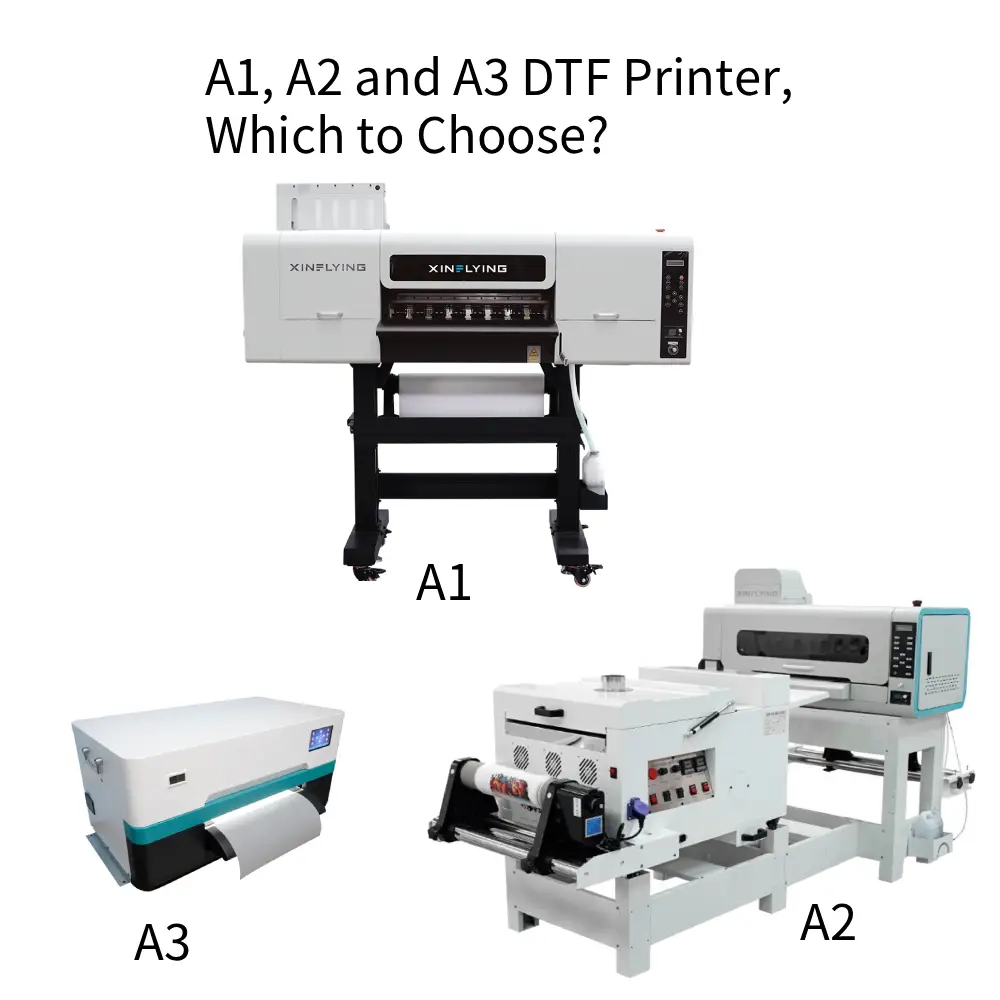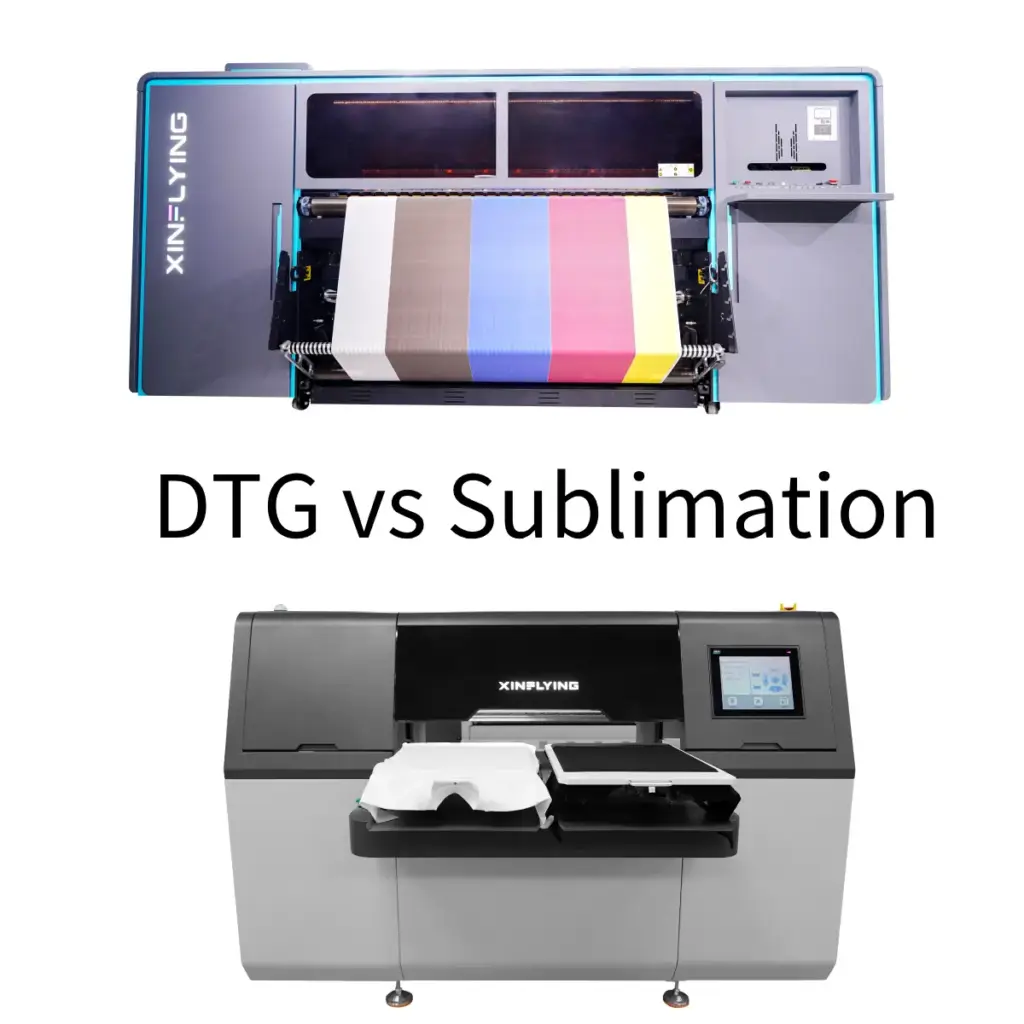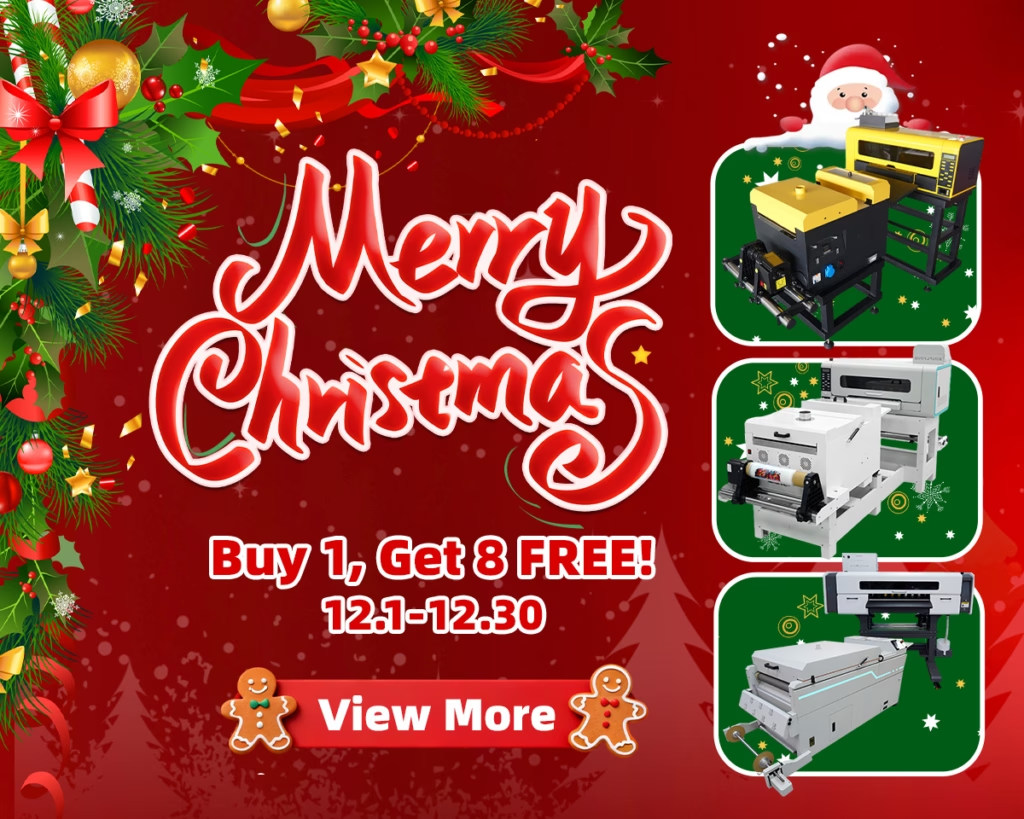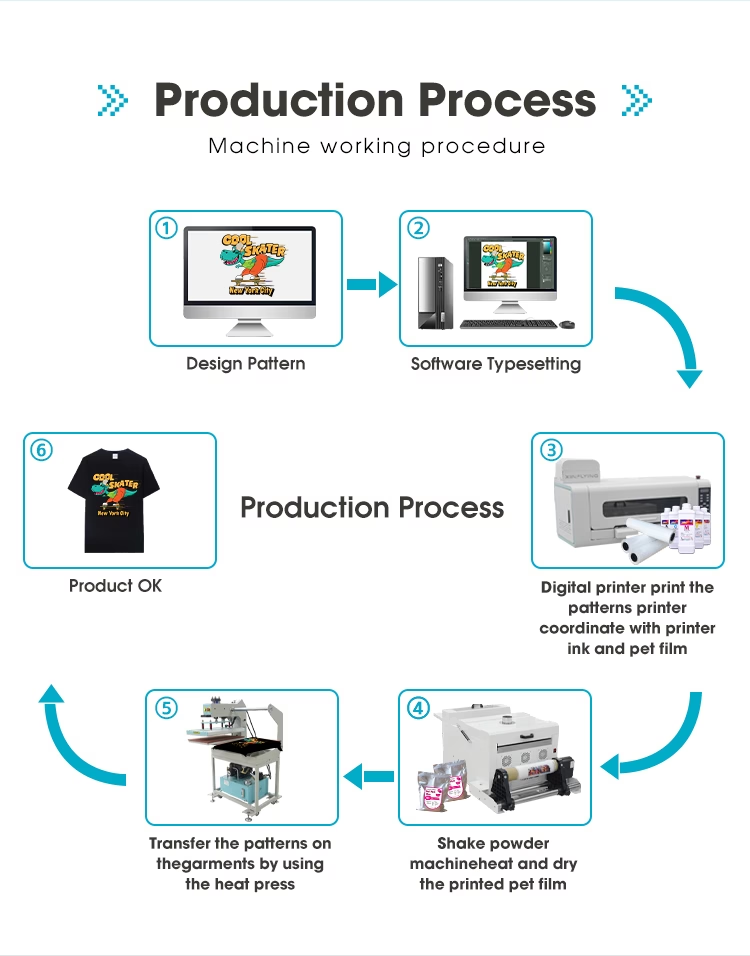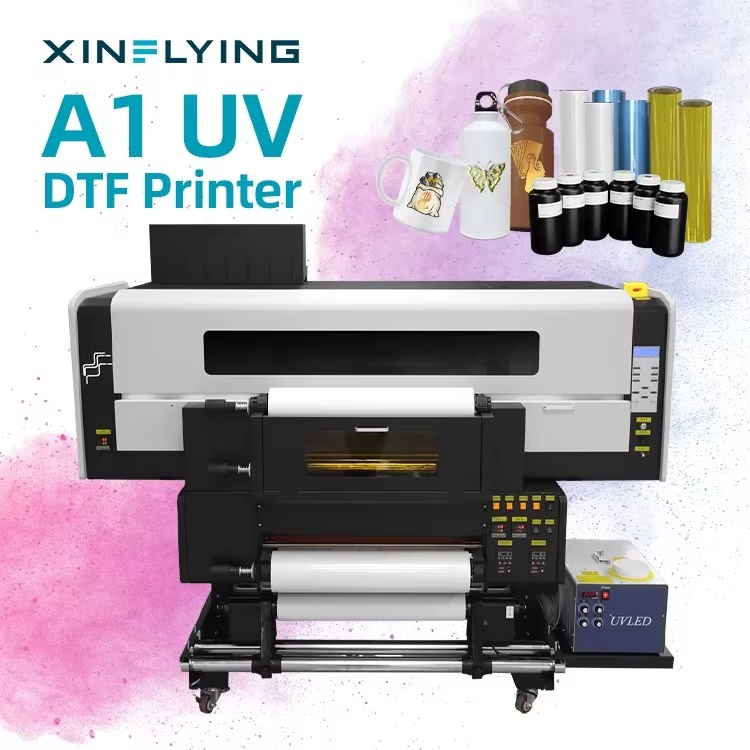
Einführung
In den vergangenen Jahren, DTF (Direkt zum Film) printing has transformed the textile decoration industry. Compared with traditional methods like screen printing, DTG, und Vinyl, DTF offers a powerful combination of flexibility, brilliant colors, long-lasting results, and compatibility with almost all fabrics.
As more businesses adopt DTF technology, one key question comes up repeatedly:
Which printer size should I choose — A1, A2, or A3?
While these size labels may look simple, choosing the wrong one can either limit your production or unnecessarily increase your investment. This expanded guide explains everything you need to know about the differences, Vorteile, and ideal use cases of A1, A2, and A3 printers, so you can make a confident decision that matches your business goals.
What Do A1, A2, and A3 Actually Mean?
The terms A1, A2, and A3 come from standard ISO paper sizes. In DTF printing, they refer to the maximum film width Und printing area that a machine can handle.
Here’s a clear breakdown:
| Größe | Max Film Width | Maße (approx.) | Typical Use |
|---|---|---|---|
| A1 | 60 cm | 23.4 × 33.1 Zoll | Industrial production |
| A2 | 42 cm | 16.5 × 23.4 Zoll | Growing shops & studios |
| A3 | 33 cm | 11.7 × 16.5 Zoll | Small businesses, home studios |
The wider the film, the more designs you can print per hour, especially when printing multiple small graphics for batch orders.
A1 DTF Printer — Industrial Power and Maximum Productivity
.avif)
Who is it for?
Large clothing factories, professional print shops, established brands, or any business that processes thousands of prints per month.
Key Benefits
1. High-Speed, High-Volume Production
A1 printers are engineered for continuous operation. Mit 60 cm film width, you can print many designs at once—ideal for bulk orders such as uniforms, merchandise, corporate apparel, and fashion collections.
2. Best Color Performance and Consistency
A1 machines often include advanced printheads, stable feeding systems, and precision color management, ergebend:
- smoother gradients
- deeper blacks
- sharper details
- more consistent color output
3. Versatility for Large Designs
Large hoodie prints, jacket backs, oversized T-shirt graphics, and poster-sized transfers all require the space an A1 printer offers.
Drawbacks
- Highest initial investment
- Requires dedicated workspace
- Higher material and ink usage
- Steeper learning curve
Ideal If You Want:
- Mass production efficiency
- Maximum profit per hour
- Professional-grade consistency
A2 DTF Printer — The Perfect Balance of Cost, Performance, and Size

Who is it for?
Medium-size studios, expanding print shops, apparel startups scaling their operations, and established online merchants.
Key Benefits
1. A Great “Middle Path” Option
A2 offers a sweet spot:
- bigger than A3,
- smaller but much more affordable than A1,
- powerful enough for daily production.
Many businesses choose A2 as their first “serious” DTF printer.
2. More Efficient Batch Printing
Mit 42 cm width, you can arrange more designs on one sheet compared to A3. This significantly reduces producing time and increases your profitability.
3. Space-Friendly but Still Professional
A2 printers fit in small or mid-sized workshops. You don’t need a full industrial facility.
Drawbacks
- Not suitable for oversized prints
- Slower than A1 for massive orders
Ideal If You Want:
- Faster output than A3
- Lower cost than A1
- A reliable long-term machine for growing business
A3 DTF Printer — Compact, Erschwinglich, and Great for Beginners

Who is it for?
Home-based businesses, small custom gift shops, beginners entering the printing industry, and creators producing personalized items.
Key Benefits
1. Easy to Use and Minimal Setup
A3 printers usually fit on a simple desktop table. They are ideal for:
- new entrepreneurs
- small Etsy or Shopee sellers
- artists creating custom merchandise
2. Lowest Cost of Entry
You can start a DTF business with minimal investment while still producing high-quality transfers.
3. Perfect for Small Items
If your main output includes:
- baby clothing
- Tragetaschen
- Kappen
- personalisierte Geschenke
- small T-shirt logos
A3 performs surprisingly well.
Drawbacks
- Limited printing area
- Slow for bulk orders
- Not ideal for large apparel manufacturers
Ideal If You Want:
- Low-risk entry into DTF
- Compact equipment for home or small office
- Flexibility for custom, small-batch items
Deep Comparison: A1 vs A2 vs A3
Produktionsgeschwindigkeit
- A1: Fastest—designed for non-stop production
- A2: Medium—efficient for daily printing
- A3: Slowest—best for low-volume output
Design Flexibility
- A1: Unlimited creativity—large graphics welcome
- A2: Most common graphic sizes fit perfectly
- A3: Limited for oversized designs
Operating Cost
- A1: Highest (Tinte, Wartung, electricity)
- A2: Moderate
- A3: Lowest
Required Workspace
- A1: Dedicated industrial area
- A2: Standard shop or office
- A3: Small studio or home setup
Lernkurve
- A1: Most complex
- A2: Moderate
- A3: Beginner-friendly
Which Size Should You Choose? A Practical Guide
Choose A1 If:
- You fulfill 100+ apparel orders daily
- You want to print oversized graphics
- You plan to scale into industrial production
- Profit per hour and speed are your top priorities
Choose A2 If:
- You run a growing online or offline print business
- You handle medium-sized orders regularly
- You want the best balance of price and performance
- You plan to expand in the next 1–2 years
Choose A3 If:
- You are just starting your printing journey
- You operate from home or a small room
- You deliver small-batch custom items
- You want the lowest investment with good quality
Final Thoughts
Choosing between A1, A2, and A3 depends entirely on your production needs, growth goals, and workspace. Each size serves a different stage of business:
- A1 = Full-scale production powerhouse
- A2 = Versatile and cost-effective for growing brands
- A3 = Accessible and compact for beginners and custom creators
No matter which you choose, DTF technology offers incredible color quality, exceptional durability, and unmatched flexibility for printing on almost any fabric type.

